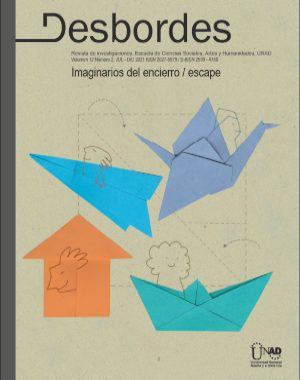Copyright (c) 2023 Desbordes

This work is licensed under a Creative Commons Attribution-NonCommercial-ShareAlike 4.0 International License.
La revista Desbordes se reserva el derecho de reproducción total o parcial del material en medio físico o digital, así como su inclusión en bases de datos, hemerotecas y demás procesos de indexación (SIRes).
La aceptación o rechazo de artículos postulados dependerá del concepto final emitido por los pares evaluadores y el aval de los comités editorial y científico.
Las ideas y conceptos expresados son responsabilidad de los autores y, en ningún caso reflejan las políticas de la UNAD
México-Tenochtitlan or the Stone flower of the pre-Hispanic metropolis
This article suggests an approach to the conditions of existence of the Mexico-Tenochtitlan metropolis during the 16th century in the Gregorian calendar. Compared to Venice and Constantinople by the Spanish chronists, the Mesoamerican stone flower structured its materiality according to a mythical spatiality in exact correspondence with a very complex cosmogonic system that centralized administrative and economical power in accordance with a sort of warrior mysticism, as it was named by Miguel León-Portilla, built from a tribal ontological mission that consisted of maintaining the flow of time itself (León-Portilla, la filosofía náhuatl). We will examine mythical experience as a scheme of ritual and space organization that sustained the dynamics of social relations of production in the city. We also intend to approach the role of war as a vehicle of signification and resignification of social structures through perdurable symbols.




